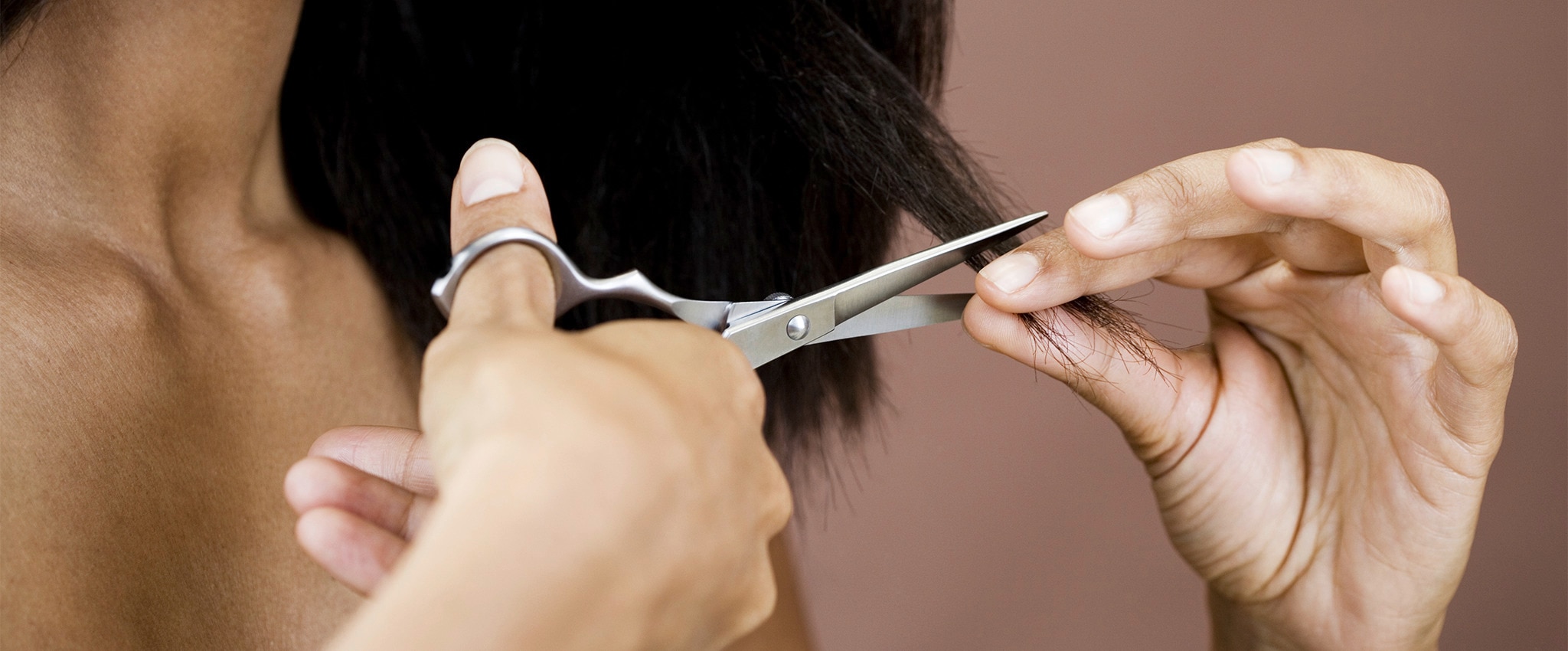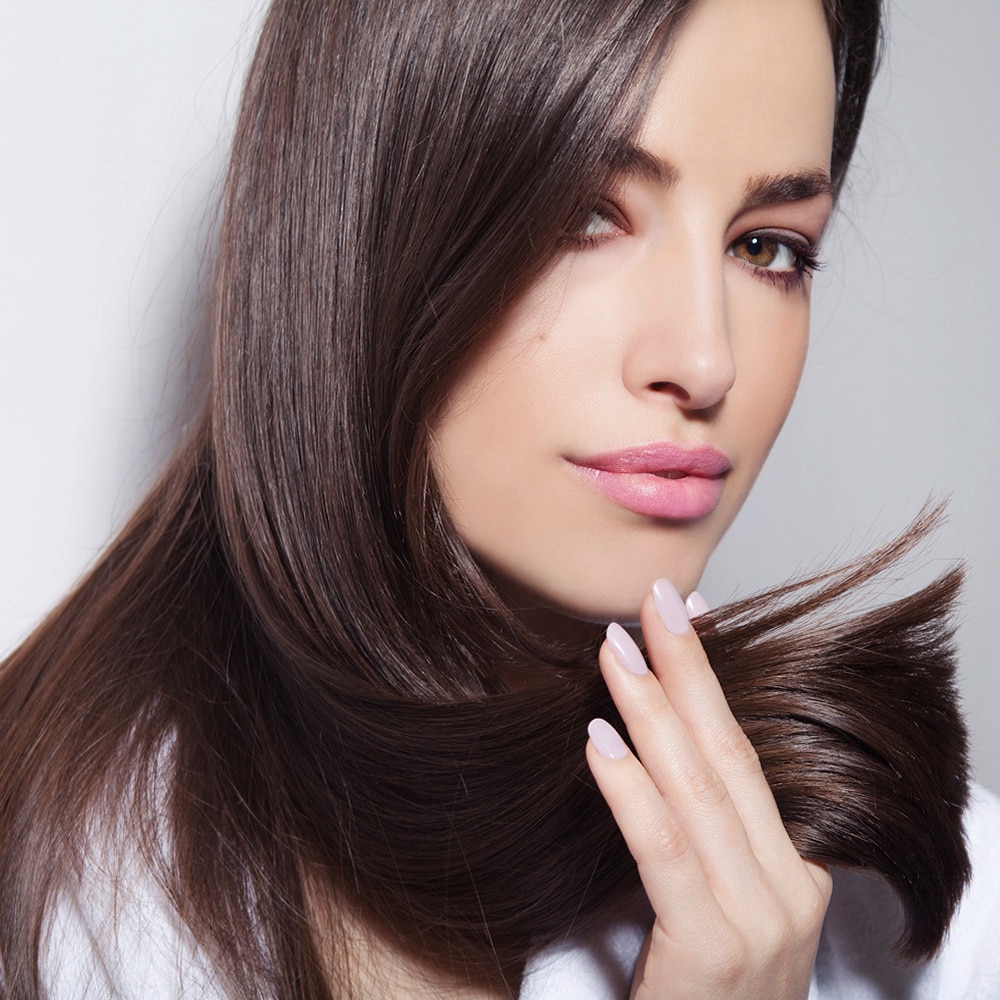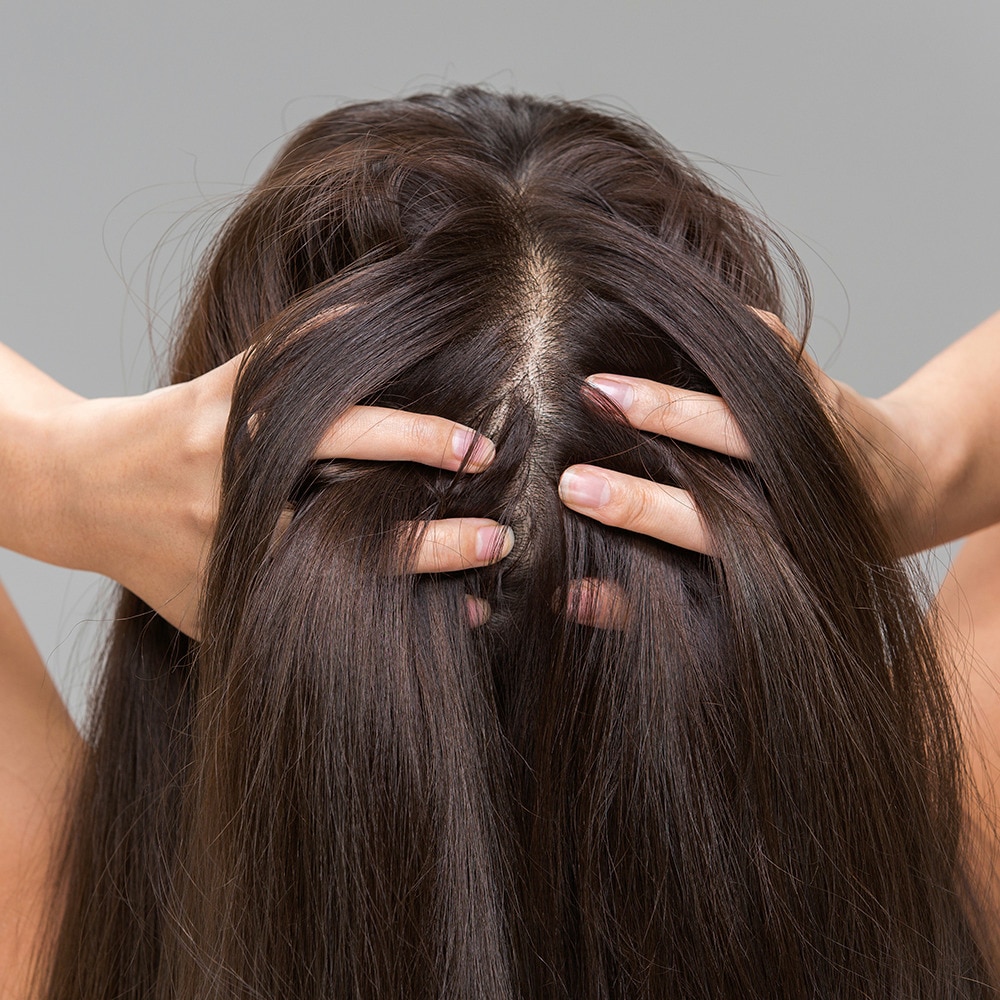How Often Should You Really Be Trimming Your Hair
Trimming your hair sounds completely out of the question if your goal is long, beautiful hair. Let’s face it, you avoid making that hair appointment in fear of losing even the slightest millimetre in length. But cutting your hair is actually good and healthy for your hair. It’s even better if you learn how to trim your own hair to avoid continuous trips to the hair salon - and you get heathier looking hair in minutes!
Regular trims should be something that you strive to stick to on a regular basis. Split ends are real and can affect the overall appearance and style of your hair. It makes it look uneven, unhealthy and nobody wants that. Your hair is your mane, your confidence booster and you should style it with pride – and that starts with a trim.
How Often Should You Trim Your Hair?
The answer is different for each of us. Not everyone has the same hairstyle or hair type. Some hair is high maintenance while others can get away with trimming their hair every now and then. But as a general rule of thumb, you should aim to cut your hair at least once every six months. Here is an easy breakdown to follow for your hair length.
- Very short hair: 1 – 3 weeks
- Short hair: 2 – 7 weeks
- Medium hair: 2 – 3 weeks
- Long hair: 2- 4 months
It also entirely depends on how you feel about your hair. If you’re quite pedantic about split ends, you can choose to trim your hair as regularly as you wish. However, choosing not to trim your hair at all can lead to split ends, resulting in your hair taking longer to grow. Yes, trimming your hair regularly does actually help your hair grow faster. Although your hair only grows between 0.5 and 1.7cms per month, frequent trims can promote hair growth.
Here are some easy ways to learn how to trim your hair in the comfort of your own home.
Start Off With Clean Hair
Start off by gently lathering your hair with TRESemmé Care & Protect shampoo. This will help retain moisture and give an extra boost of strength and shine to your hair. Allow to dry before heading to the next step.
Get The Right Tools
Put the kitchen scissors down and invest in a pair of sharp shears. You need to be able to get a clean cut to avoid even more split ends. The right tools make trimming your hair much easier. You will need a pair of sharp scissors and a comb, because we’re about to give you quick DIY hair trimming tips.
- Start by combing your hair until all the knots are out.
- Separate your hair into manageable sections.
- Run your comb through the section of hair and pick up the scissors.
- Take your middle finger and place it underneath while your index and ring finger remains on top of the section.
- Slide your hair down with your fingers and bend it slightly. You should notice little pieces or flecks of hair that are standing up. Those are your split ends. Take your shears and start trimming them horizontally.
- At the tips of your hair, trim the ends to your desired length.
- Repeat this process until you have trimmed all sections of hair.
Say goodbye to split ends and say hello to gorgeous locks! Hair trimming is easy when you have the right tools. Don’t forget to do regular trims to maintain healthy looking hair.
FAQs
Q: How do I determine if I need to trim my hair?
A: Look for signs like split ends, uneven texture, or lack of shine. If your hair feels dry or looks frizzy, it might be time for a trim.
Q: Can I trim my hair at home without damaging it?
A: Yes, with proper tools and technique, you can trim your hair at home safely. Invest in quality scissors and follow tutorials or guidelines to avoid damage.
Q: Will trimming my hair make it grow faster?
A: Trimming doesn't directly affect hair growth rate, but it can prevent split ends, allowing your hair to retain length and appear healthier, which may give the impression of faster growth.
Q: How do I prevent split ends between trims?
A: Regular conditioning, avoiding heat styling, and protecting hair from environmental damage can help prevent split ends between trims. Using products specifically designed for split end prevention can also be beneficial.




